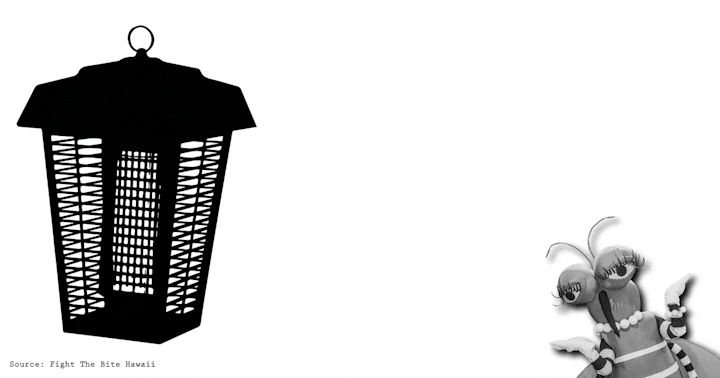Mosquito Imposters: Harmless Insects Often Confused for Mosquitoes
Is it a giant mosquito? Will it bite me?
Not every bug in the San Gabriel Valley that looks like a mosquito is dangerous. Crane flies, midges, and fungus gnats are frequently confused with mosquitoes because of their similar size and flight patterns. However, these insects do not bite or spread diseases. Crane flies are harmless giants, midges are mostly just annoying, and fungus gnats feed on organic matter in soil. Recognizing these mosquito look-alikes ensures you target real mosquitoes—the ones that can threaten public health.
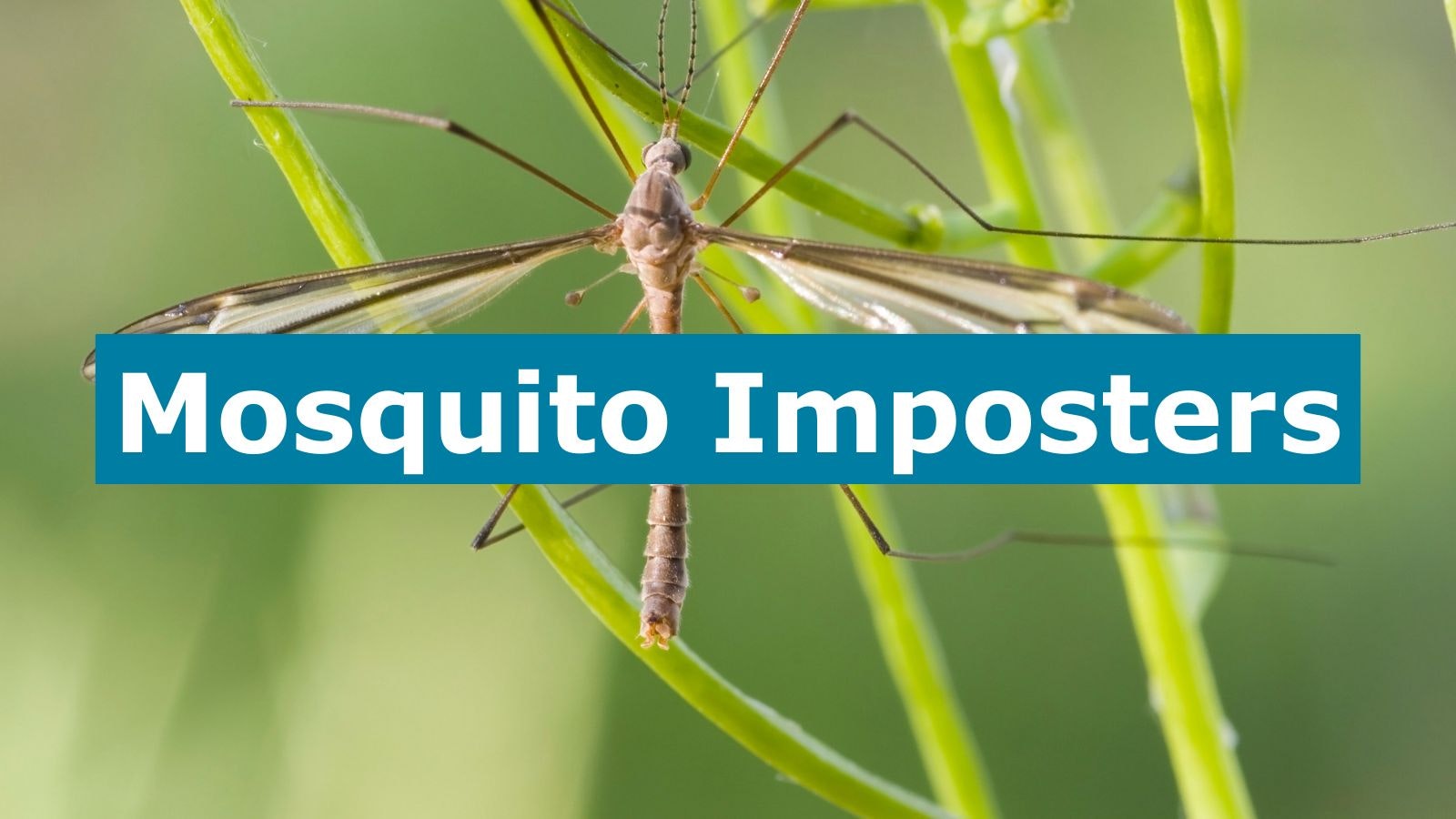
Crane Flies aka Mosquito Eaters or Mosquitop Hawks
Size: Larger than a quarter - at least 2 inches in length
Will it bite me? No
If it's bigger than a quarter, it's NOT a mosquito.
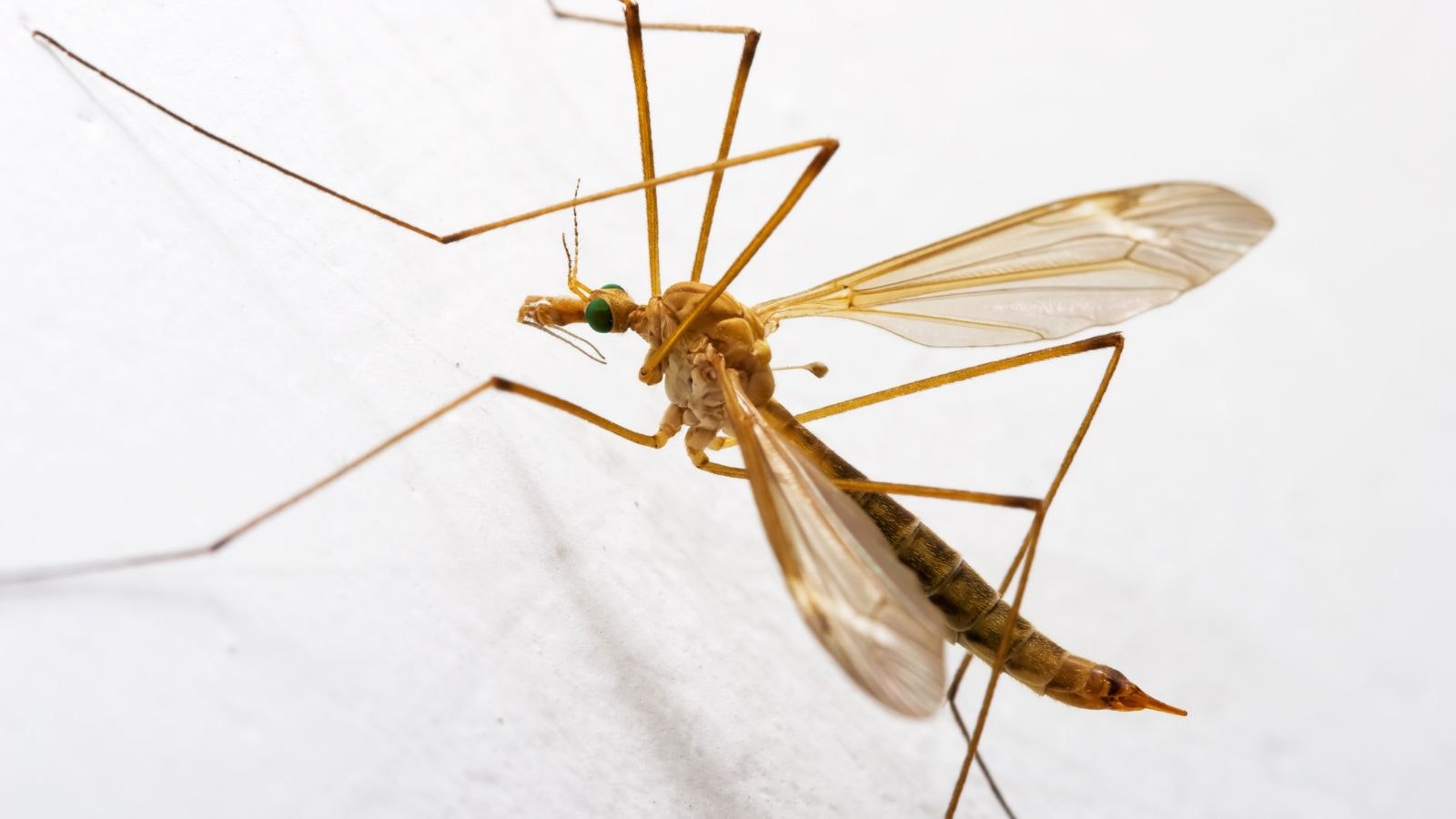
These long-legged insects will terrify anyone who thinks they're bloodsuckers. Contrary to popular belief, these are not mosquitoes. Crane flies are also called "mosquito eaters" or "mosquito hawks." But when viewed under a microscope, crane flies do not have any biting mouth parts!
They do not bite. They drink nectar for sustainance.
Crane flies are a sign of a healthy ecosystem. They usually emerge out of the soil when warm weather follows a rain event.
Next time you see a crane fly, wave it outside. Let’s save those wing-crushing blows for the real threat: mosquitoes.
Midges
Size: 1/4 inch - Approximately same size as most adult mosquitoes
Will it bite me? No
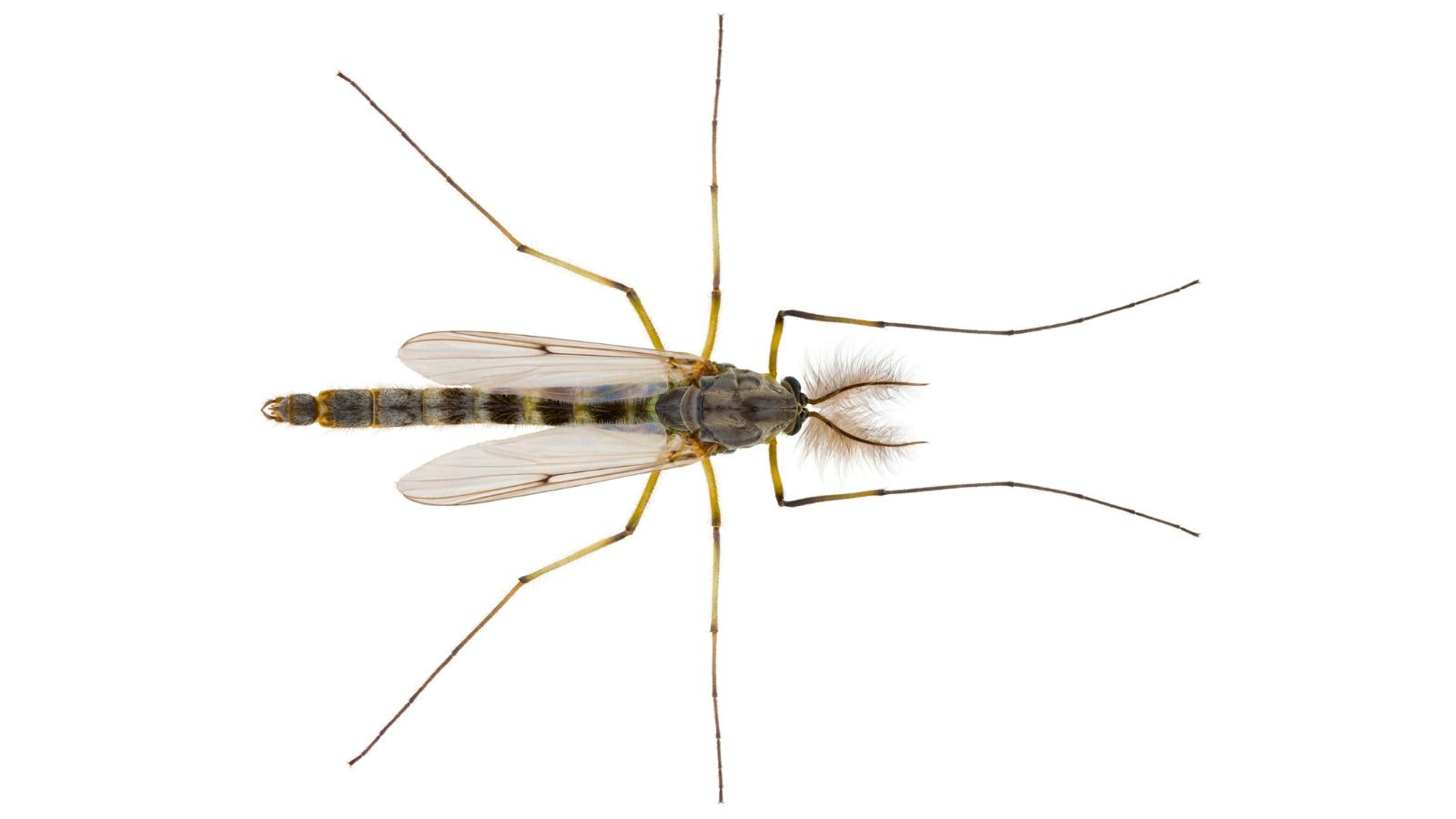
Mosquitoes in cities are unlikely to swarm. If you see small insects swarming, they're most likely midges.
Swarmers, not biters - This small insect is often confused with mosquitoes, but does not bite. They are routinely seen hovering in swarms on warm summer evenings. Our local mosquitoes in cities do not swarm in the same spot. Fortunately, midges do not make people sick but are considered nuisances.
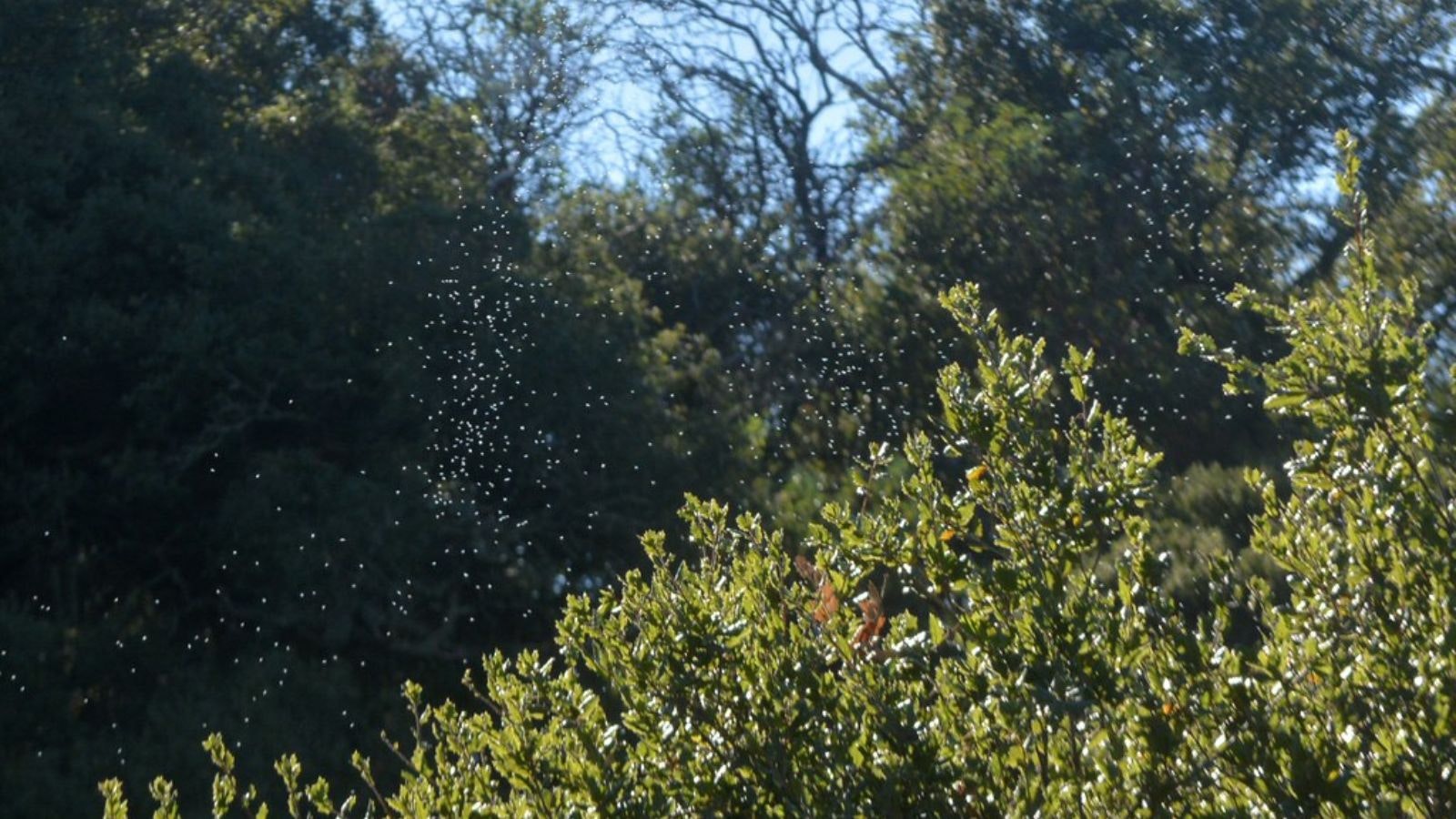
One of the key differences between midges and mosquitoes is their mouthparts. Mosquitoes have piercing mouthparts called proboscis, which they use to suck blood from animals. In contrast, midges have short, non-piercing mouthparts and do not feed on blood. They primarily feed on nectar or plant fluids.
In our area, control measures are only necessary in extreme cases when the numbers of adult insects are high. This insect also breeds in flowing waters and tends to prefer the shallow, nutrient-rich waters found in the storm drain systems in our area.
As they are physiologically and genetically very similar to mosquitoes, the larvicidal agents used for mosquito control (insect growth regulators) also work well to control midge populations.
Fungus Gnat
Size: Up to 3/8 inches
Will it bite me? No
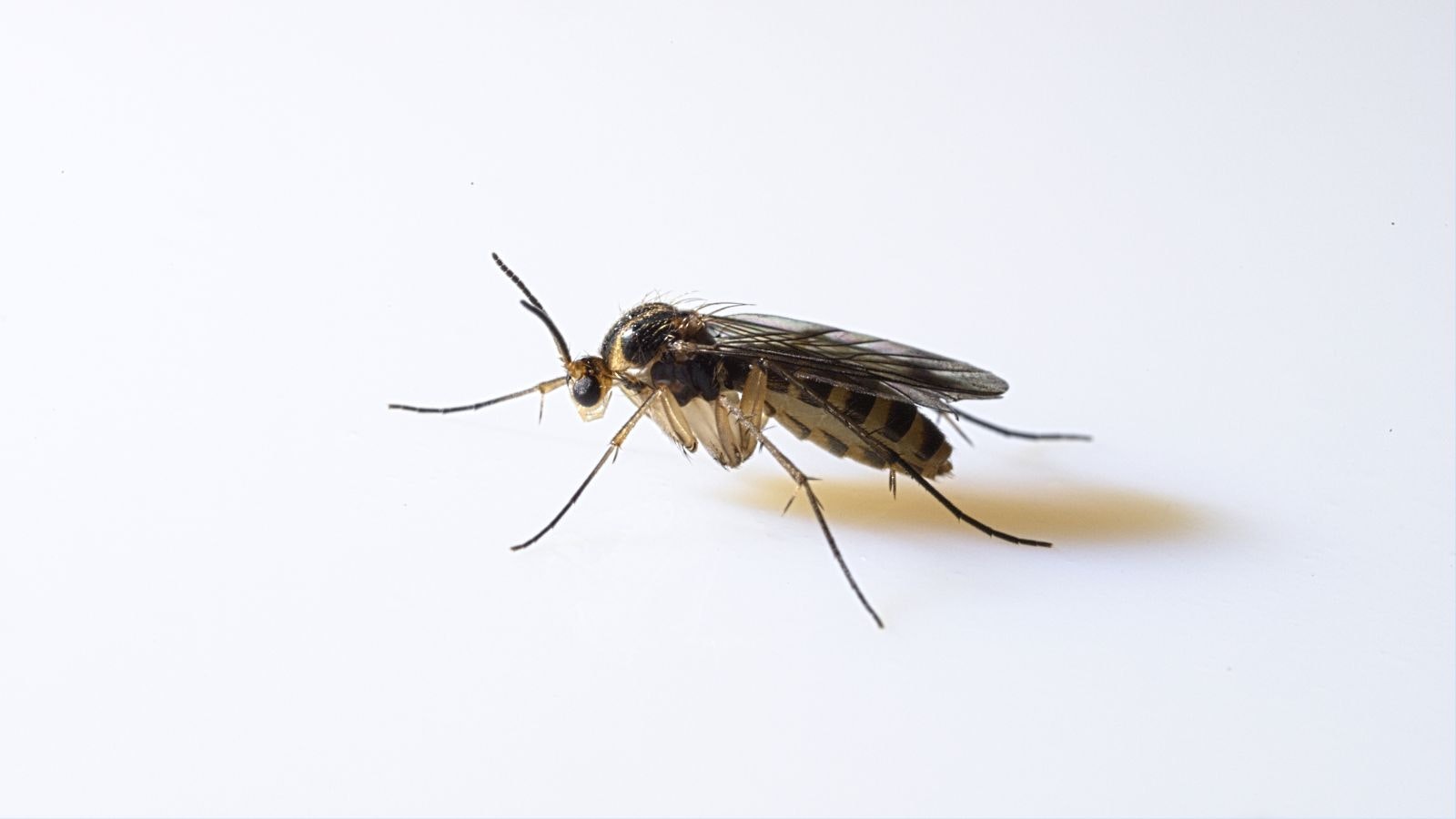
Fungus gnats are tiny, flying insects that often appear similar to mosquitoes at first glance. They're commonly found around houseplants, where their larvae feed on organic matter in soil.
Unlike mosquitoes, they do not feed on blood and do not transmit diseases to humans or animals. Adult fungus gnats feed primarily on nectar or nothing at all, while their larvae feed on decaying organic matter and fungus in soil.
If you see tiny flying insects indoors that seem to "swarm" around plants or damp soil, they are likely fungus gnats, not mosquitoes.

